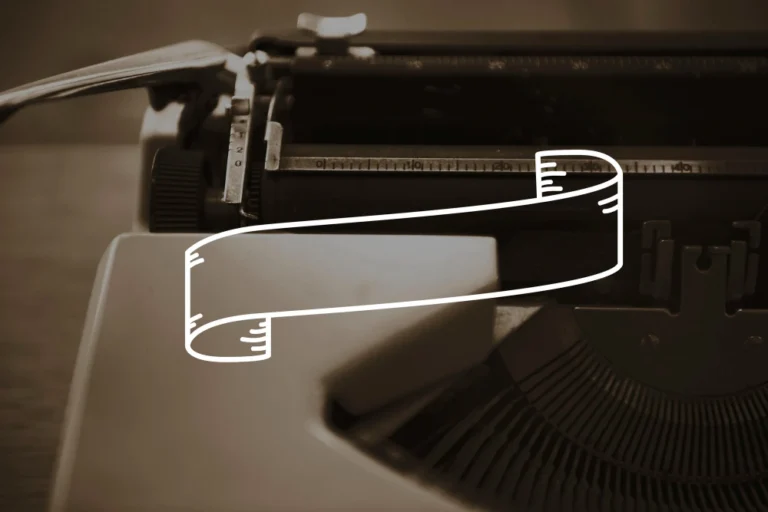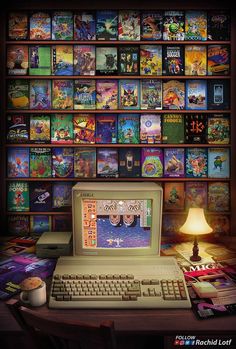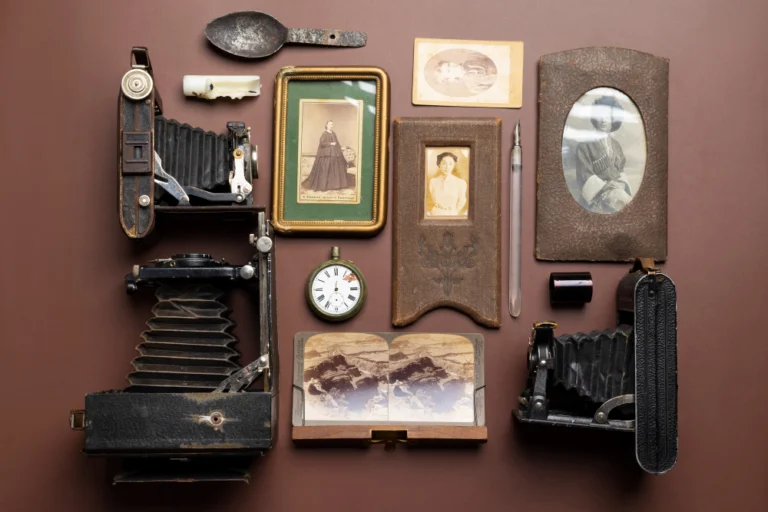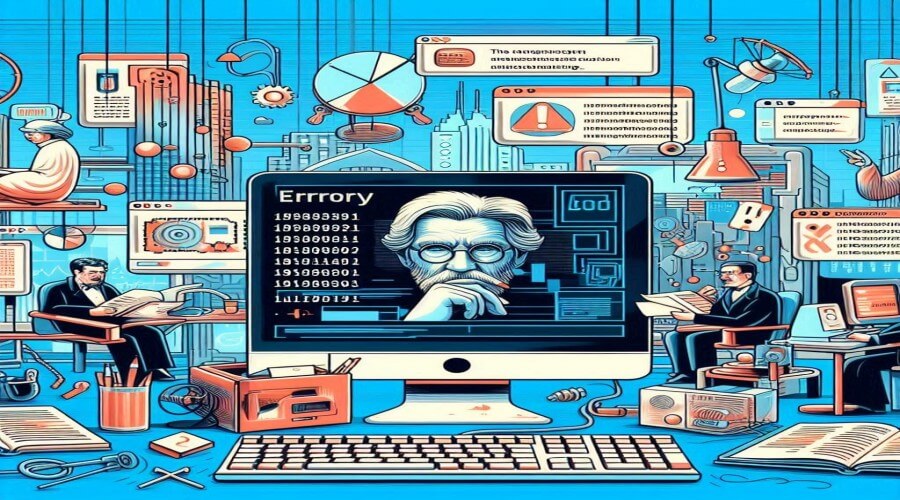
Patience. If one word defined the experience of getting online in the 1990s and early 2000s, it was patience. But before the waiting came the ritual, the sound that became the ubiquitous overture to the digital world for millions: the dial-up modem handshake. Famous error messages have left a lasting mark on tech history, becoming symbols of frustration, curiosity, and sometimes humor.
That cacophony of screeches, beeps, and static wasn’t just noise; it was the sound of your computer literally talking over the phone line, negotiating a connection to bring the wonders (and frustrations) of the early World Wide Web into your home.
Dial-up was our first mass portal to the online universe. It meant tying up the phone line, enduring agonizingly slow downloads, and marveling at websites that would seem primitive today. Yet, despite the struggles, it was revolutionary. It connected us in ways previously unimaginable, fueled by free trial CDs from giants like AOL that flooded our mailboxes. Let’s dial back time and explore the sounds, speeds, and societal shifts of the dial-up internet era.
The Dawn of Home Connectivity: Plugging In the World
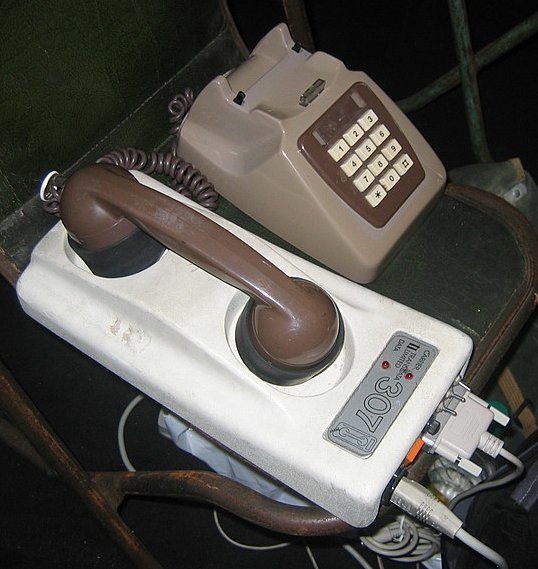
While the underlying technologies of networked computers existed earlier (ARPANET, Usenet accessed via universities), bringing the internet into ordinary homes required leveraging the most ubiquitous communication network available: the public switched telephone network (PSTN) – our regular phone lines. This required a crucial piece of hardware: the modem.
A modem (modulator-demodulator) acts as a translator. It takes the digital data from your computer and modulates it into an analog audio signal that can travel over phone lines designed for human voice frequencies (roughly 300-3000 Hz). At the other end, the Internet Service Provider’s (ISP) modem demodulates that audio signal back into digital data.
Key aspects of early dial-up:
- Reliance on Phone Lines: Your internet connection literally was a phone call to your ISP’s bank of modems. This meant you couldn’t use your phone for voice calls while online (unless you had a second line, a luxury for most).
- The Handshake: That famous sequence of sounds was the modems testing the line quality, identifying each other, and agreeing on the fastest stable speed and protocols they could both support for the connection. Each screech and buzz represented a different phase of this negotiation. Playing it through the computer speaker let users know if the connection failed (busy signal, no answer, etc.).
- Early ISPs: Commercial dial-up access began emerging in the late 80s and exploded in the 90s. Companies like The World (1989), CompuServe, Prodigy, AOL (America Online), EarthLink, NetZero, Juno, and telcos like Sprint and AT&T became household names, offering access plans often based on hourly usage initially.
Getting online wasn’t as simple as opening a browser. It involved initiating the connection, listening to the handshake, and hoping it connected successfully – a process that could take a minute or more.
The Evolution of Speed (or Lack Thereof): From Kbps Crawl to Broadband Dreams

The defining characteristic, and frustration, of dial-up was its speed, measured in kilobits per second (kbps).
- Early Speeds (Late 80s/Early 90s): Modems started at incredibly slow speeds like 1200 bps or 2400 bps (bits per second).
- The Rise of 14.4k and 28.8k (Mid-90s): These speeds became common standards, offering noticeable improvements but still making image-heavy websites a test of patience. Downloading even a small program could take many minutes or hours.
- 33.6k: A further incremental improvement, pushing the perceived limits of analog phone lines.
- The 56k Era (Late 90s): This was the final major dial-up standard (V.90/V.92). It achieved higher download speeds by leveraging the fact that much of the phone network between exchanges was already digital. It assumed the ISP had a digital connection to the phone network, allowing for a faster downstream path to the user, while the upstream path (user to ISP) remained limited to around 33.6k.
- Limitations: Achieving true 56k speeds was rare. It required ideal phone line conditions, only one analog-to-digital conversion in the path, and was often limited by regulations to around 53k. Connection speeds varied significantly based on line quality and distance.
- The Broadband Revolution (Late 90s/Early 00s): Technologies like DSL (Digital Subscriber Line) and Cable Internet began to emerge.
- DSL: Used existing copper phone lines but utilized higher frequencies, allowing for “always-on” internet without tying up the voice line. Speeds were significantly faster (starting around 256kbps+).
- Cable: Utilized existing coaxial cable TV infrastructure, often offering even higher speeds than early DSL.
- Impact: Broadband offered a fundamentally different experience: always-on connectivity, drastically faster speeds enabling rich media (streaming video, online gaming), and freeing up the phone line. Its rollout, however, was gradual and initially expensive, leaving dial-up dominant well into the early 2000s.
Dial-up speeds dictated the design of the early web – heavy reliance on text, optimized images (low resolution, fewer colors, formats like GIF), and avoidance of large multimedia files. Loading a single picture line-by-line was a common sight.
“Technical” Specs: Connectivity Compared
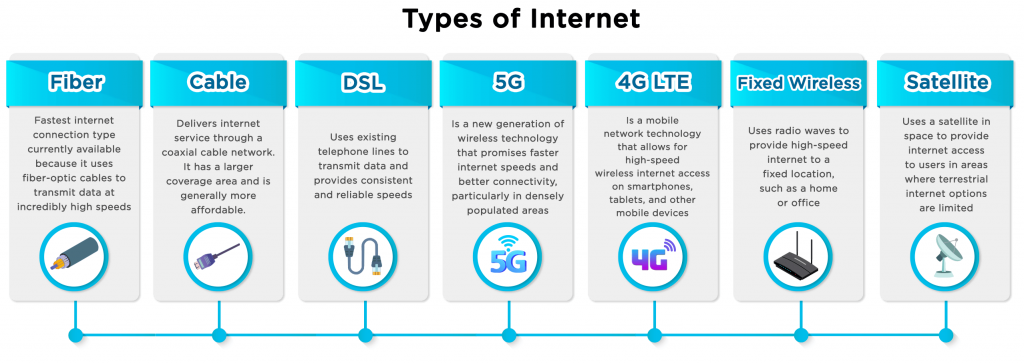
How did dial-up stack up against the technologies that followed?
| Feature | Dial-up (56k Max) | ISDN (BRI) | DSL (Early ADSL) | Cable Internet (Early) | Fiber (Modern FTTH) |
| Technology | Analog Modem over PSTN | Digital Phone Line | Digital over Phone Line | Coaxial Cable Network | Fiber Optic Cable |
| Max Download Speed | ~53 kbps | 128 kbps | ~256 kbps – 8 Mbps | ~500 kbps – 10 Mbps | 100 Mbps – 10 Gbps+ |
| Max Upload Speed | ~33.6 kbps | 128 kbps | ~128 kbps – 1.5 Mbps | ~128 kbps – 2 Mbps | Symmetric (Often) |
| Connection | Temporary (Dial on demand) | Temporary/Semi-Permanent | Always-On | Always-On | Always-On |
| Phone Line Use | Ties up voice line | Separate Digital Channels | Doesn’t tie up voice line | N/A (Uses Cable Line) | N/A (Uses Fiber Line) |
| Latency | High | Moderate-High | Moderate | Lower | Very Low |
| Availability | Universal (via PSTN) | Limited | Dependent on distance | Dependent on Cable Infra | Growing, not universal |
| Typical Use Case | Early Home Internet | Early Business/Power User | Early Broadband | Early/Mid Broadband | Modern Broadband |
Export to Sheets
Dial-up’s key advantage was its near-universal availability anywhere a phone line existed. Its disadvantages were speed, the inability to use the phone simultaneously, and the per-minute or hourly charges common in its earliest days. Broadband offered quantum leaps in speed and convenience, fundamentally changing what was possible online.
Cultural Impact: “You’ve Got Mail!” & A Nation Online
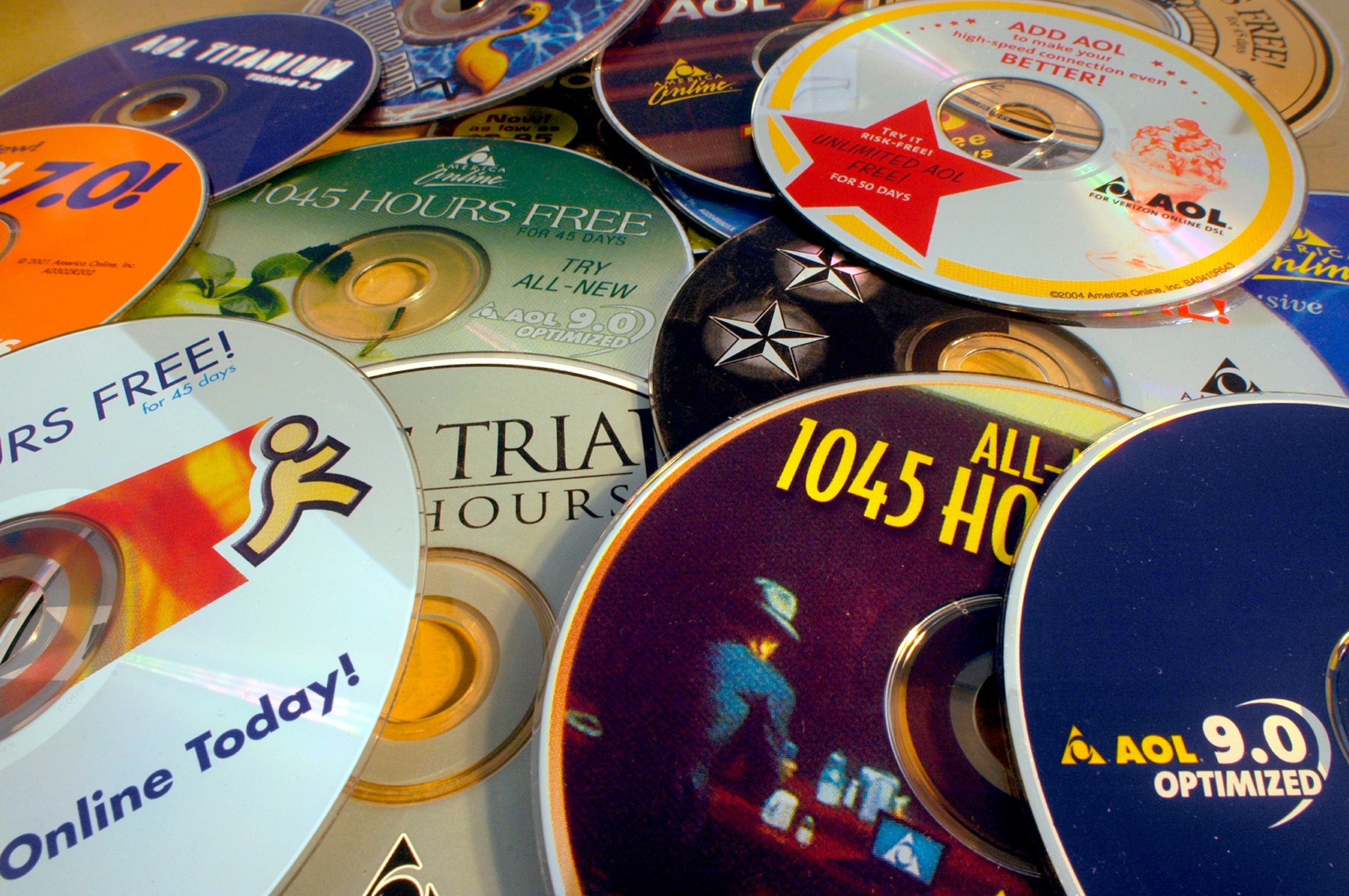
Dial-up wasn’t just a technology; it was the gateway that brought the internet into mainstream culture.
- Home Internet Adoption: Dial-up, especially fueled by aggressive marketing like AOL’s ubiquitous free trial CDs, was the primary driver for getting millions of households online for the first time.
- The Sound: The modem handshake became an instantly recognizable sound, symbolizing the act of “going online.” It’s a powerful nostalgia trigger for anyone who experienced that era.
- AOL & Walled Gardens: America Online (AOL) became synonymous with dial-up for many. Its user-friendly interface, curated content areas, chat rooms, and iconic “You’ve Got Mail!” notification introduced millions to online communication and communities, albeit within AOL’s “walled garden” initially. The sheer volume of AOL CDs mailed out (estimated to have cornered half the world’s CD production at one point) made them a cultural artifact.
- Shaping Early Online Behavior: Slow speeds influenced how people used the internet – prioritizing text (email, chat rooms, forums like Usenet), developing patience for downloads, and learning basic troubleshooting when connections inevitably dropped.
- Shared Frustration: The experience of waiting, the tied-up phone line, the dropped connections – these were shared frustrations that bonded early internet users.
- Democratization (to a point): While still requiring a computer and phone line, dial-up made online access vastly more accessible than the expensive, dedicated lines previously needed by universities and large businesses.
Dial-up laid the cultural groundwork for our constantly connected world, introducing the concepts of email, chat, online communities, and web Browse to the masses, even if the experience was often slow and cumbersome.
Collector’s Corner: Modems, CDs, and Dial-Up Relics

The artifacts of the dial-up era are becoming nostalgic collectibles.
- Vintage Modems: External dial-up modems (especially 28.8k or 56k models) from brands like US Robotics, Hayes, or Zoom are collected for their retro aesthetic and historical significance. Internal ISA or PCI modems are less visually interesting but still part of the history. Finding them in working order with original power supplies can be a goal for retro computing enthusiasts.
- AOL/ISP CDs and Floppies: Those ubiquitous free trial disks from AOL, CompuServe, Prodigy, EarthLink, etc., are now collected. Collectors seek out different designs, promotional tie-ins (like CDs included in magazines or cereal boxes), and unopened packages. While individual disks are usually cheap, large collections or rare variants can be more valuable. The Smithsonian even has an AOL floppy disk in its collection.
- Dial-Up Era Software: Boxed copies of software designed for the dial-up era (early web browsers like Netscape Navigator, email clients, HTML editors, games optimized for low bandwidth) can be collectible.
- ISP Memorabilia: Promotional items, welcome kits, or documentation from early ISPs.
Collecting these items is a way to physically connect with the era when getting online was a deliberate act accompanied by a unique technological symphony.
Why We (Sort of) Miss the Screech and Wait
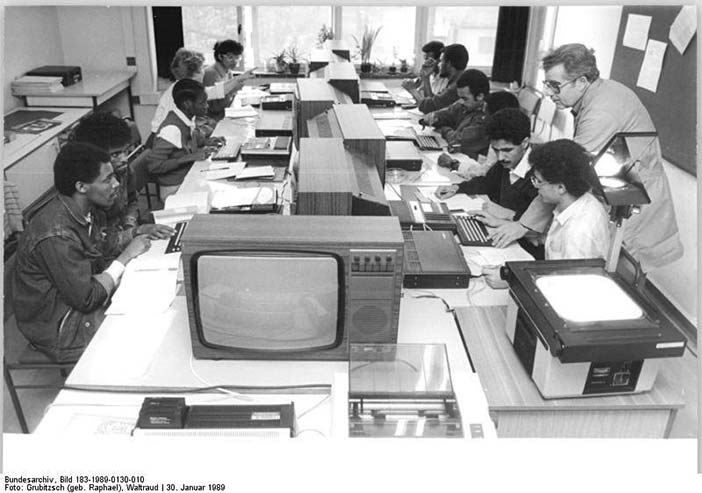
Why would anyone feel nostalgic for slow, noisy internet that tied up the phone line?
- Anticipation & Ritual: The dial-up handshake, while long, built anticipation. You were actively connecting to somewhere else. It felt like opening a door. Today’s always-on connections lack that sense of deliberate transition.
- The Sound: Love it or hate it, the handshake sound was unique and iconic. It’s a powerful auditory memory trigger that instantly transports people back to that era. Modern connections are silent and lack that sonic identity.
- A Simpler Web: The web navigated via dial-up was, by necessity, simpler. Less reliance on heavy scripts, auto-playing videos, and complex frameworks meant pages (once loaded) were often cleaner and more focused on content (mostly text).
- Logging Off: Dial-up wasn’t “always on.” You connected, did your task (checked email, visited a site), and then you disconnected. This created clearer boundaries between being online and offline, a separation many miss in today’s perpetually connected world.
- Novelty and Wonder: For many, dial-up was their first experience of the internet’s magic – communicating instantly across distances, accessing information globally. The slowness perhaps even amplified the wonder when something finally loaded.
The nostalgia isn’t necessarily for the poor performance, but for the experience surrounding it – the ritual, the sounds, the simpler web, and the clear distinction between being online and offline.
The End of the Line? Dial-Up’s Echo in a Broadband World
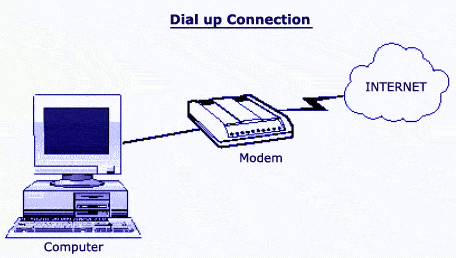
Dial-up internet access, once the standard bearer of the digital revolution in homes worldwide, has largely faded into history, replaced by the vastly superior speed and convenience of broadband technologies like DSL, cable, and fiber. Its limitations – slow speeds, tying up phone lines, the agonizing wait for content to load – are relics of a bygone era. Yet, its legacy is undeniable.
It was the technology that democratized internet access, bringing the online world into millions of homes for the first time and shaping the foundational experiences and expectations of an entire generation of internet users. The challenges of dial-up forced innovation in web design (optimizing for speed) and user patience.
Its iconic handshake sound remains one of the most potent pieces of technostalgia, instantly recognizable and evocative of a time when logging on felt like an event. While we wouldn’t trade our broadband speeds, remembering the screech and beep of dial-up connects us to the very beginnings of our shared digital journey.
